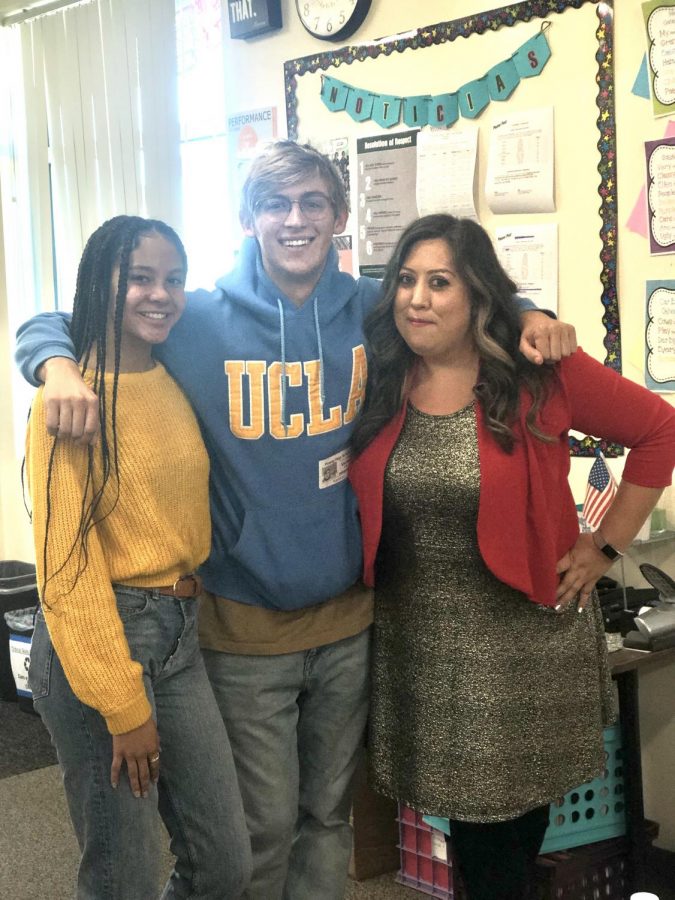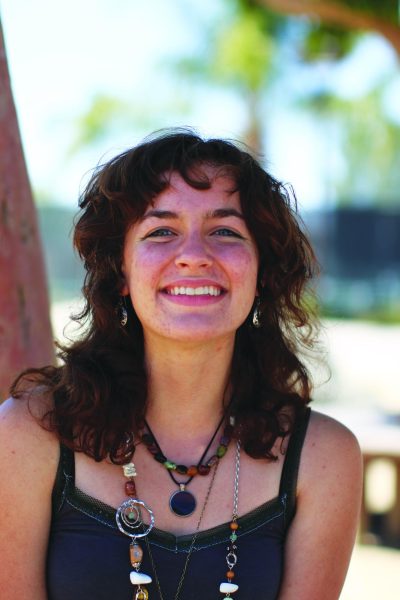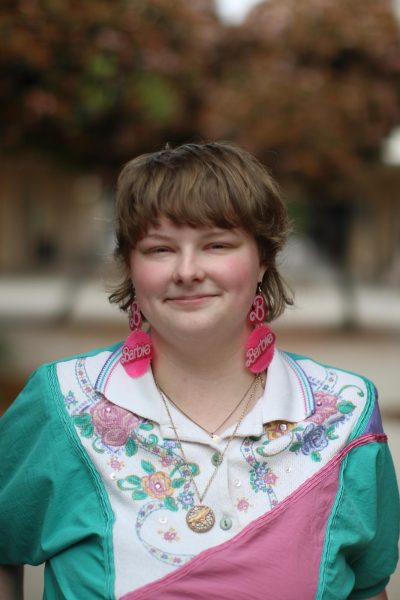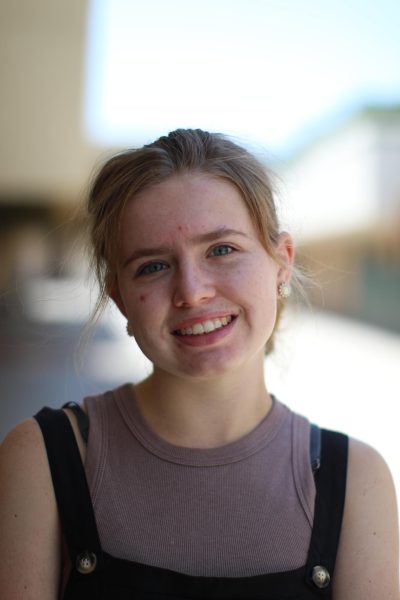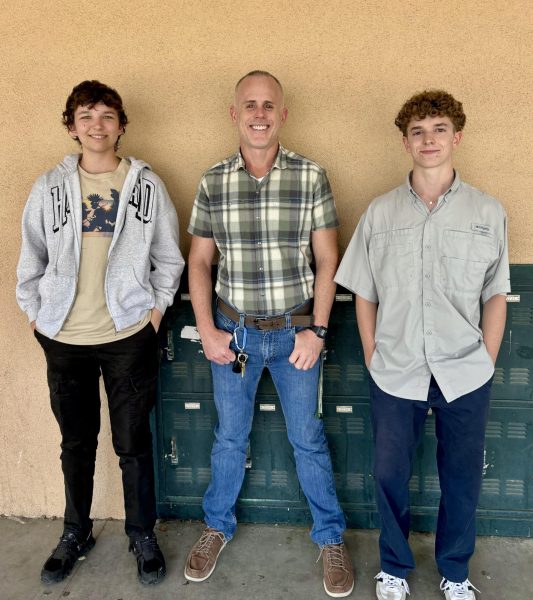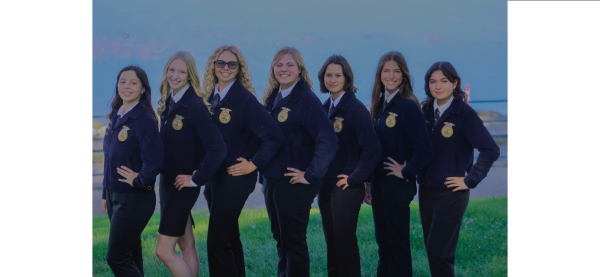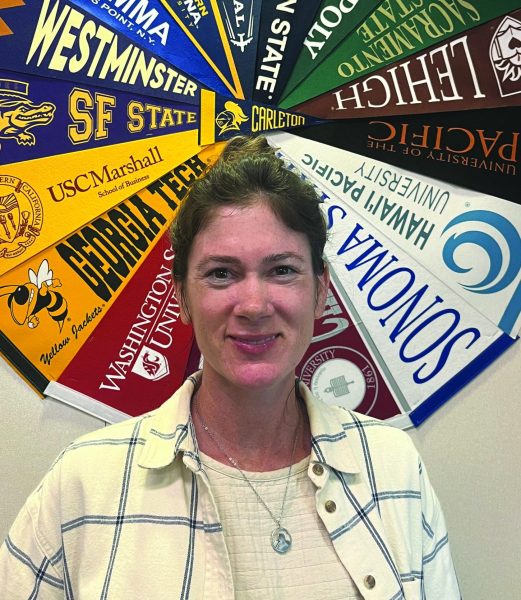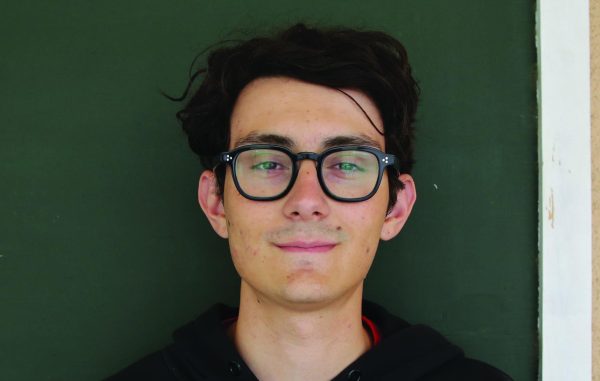It’s Time to Recognize our Educators’ Hard Work
A Look Inside Online School for Teachers
Teachers struggle with remote learning just as much as students do, and it’s important to highlight their thoughts on the Poway Unified School District’s long-awaited school’s reopening.
Teachers make the effort to teach students online during these hard times. Since March of 2020, students and staff both struggle with remote learning.
Teachers struggle with remote learning just as much as students do, and it’s important to highlight their thoughts on the Poway Unified School District’s long-awaited school’s reopening. “The admin knows that the change in schedule has been difficult. Not knowing when we’re coming back to school and losing connections with the students have all been frustrating,” said Cook.
Many Poway teachers were ecstatic with the secondary reopening as they enjoy teaching students in person rather than through a computer screen. Because a handful of students and staff continue to stay virtual, the disconnect from and connection within the Poway High School community has widened. “I’m a virtual teacher right now and it is tough to hold conversations with the in-person kiddos since they need to ask for a private break-out room. It is difficult to get anyone to participate in live discussions still so that has also been a challenge,” AP Spanish teacher Juliana Tovar said.
Teachers struggle with student participation and it takes a huge toll on them whenever students do not engage in the course material. “The frustrating part about teaching online is when students are not responsive. Oftentimes when teachers try and get students involved in a discussion it is just dead air. And then, of course, there are the students that log into Zoom but we know that they are not really there,” English teacher Peter Califano said.
Since some students are back to school in person, teachers need to not only interact with their students in their classrooms but also take into account their students’ learning from home. Although AP Psychology teacher Daniel Cook finds teaching a challenging subject through remote learning, he also finds himself learning new ways to teach his students. “Personally it is a lot more difficult but at the same time, it is a lot more exciting. I have to pay attention to two different sets of students at the same time. It’s challenging because I need to make sure the needs of my students are met,” Cook said.
Teachers have had to become more organized and clear for their students to understand the material. AP and AVID teacher Tovar finds online learning somewhat of a blessing in disguise. She says her AP Spanish students are able to work at their own pace which is an asset to ensuring successful Spanish skills for the AP exam. Online learning can have fewer interruptions. “One perk is not being interrupted during lectures to be asked to use the restroom!” Tovar said.
Meanwhile, Califano finds that students begin to become more responsive through direct messages, and at times students enjoy interacting in Zoom break rooms. “When students are willing to put themselves out there, the breakout rooms can be a lot of fun. I had a wonderful group of sophomores in Tri 1. We used breakout rooms often, and they had fun with it,” he said. A lot of teachers have difficulty creating conversations with their students and a way to connect with them. This frustration often comes from students having technical difficulties, not turning on their cameras, and not participating during class, which discourages the teachers.
There are significant ways teachers are trying to engage with their students to make learning a lot more interesting although teachers may think it’s not enough. Because teachers mostly do lectures throughout the short amount of time they have in class, teachers such as Mr. Cook believe this can be boring to students. “The engagement factor is probably the most difficult because if I was a student in high school right now, I would be bored out of my mind. Although I try to use a lot of meaty questions to drag students into the conversation,” Cook said.
Similarly, Califano feels that his energy begins to drain from teaching two different groups at the same time. “When everyone was online, I did not find it as stressful as this current mixed model. I feel like teachers need to have a lot of energy. It is more of a performance than ever before,” he said.
For students, especially seniors, who have missed so much, Califano has a way to look at it philosophically.“You might not be having the typical experience, but you are having your own unique senior year experience. Before you know it, COVID will be in the rearview mirror. When your kids complain about stuff, you’ll always be able to pull the, “You know, when I was in high school we had a global pandemic” card on them,” Califano said.
